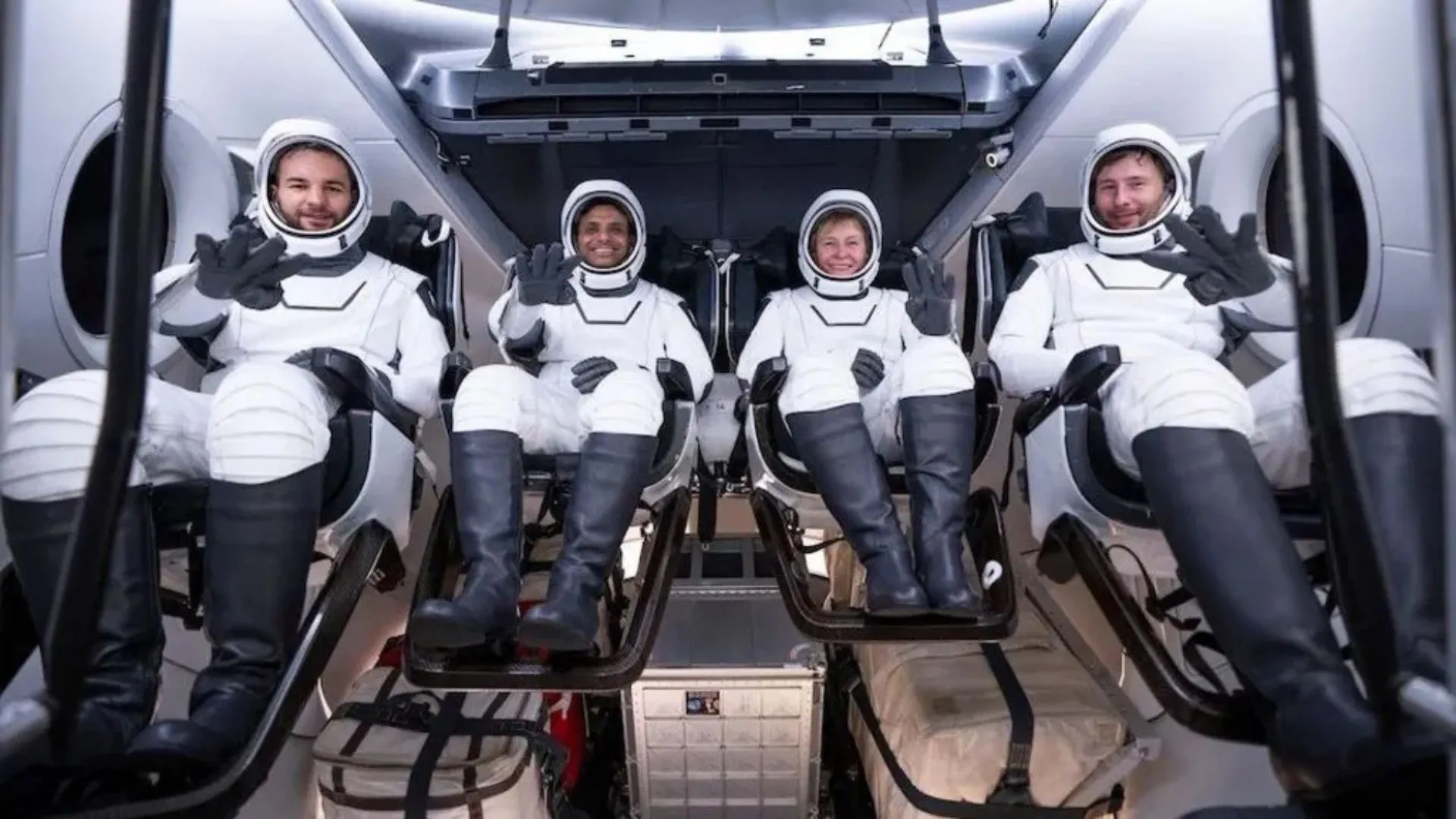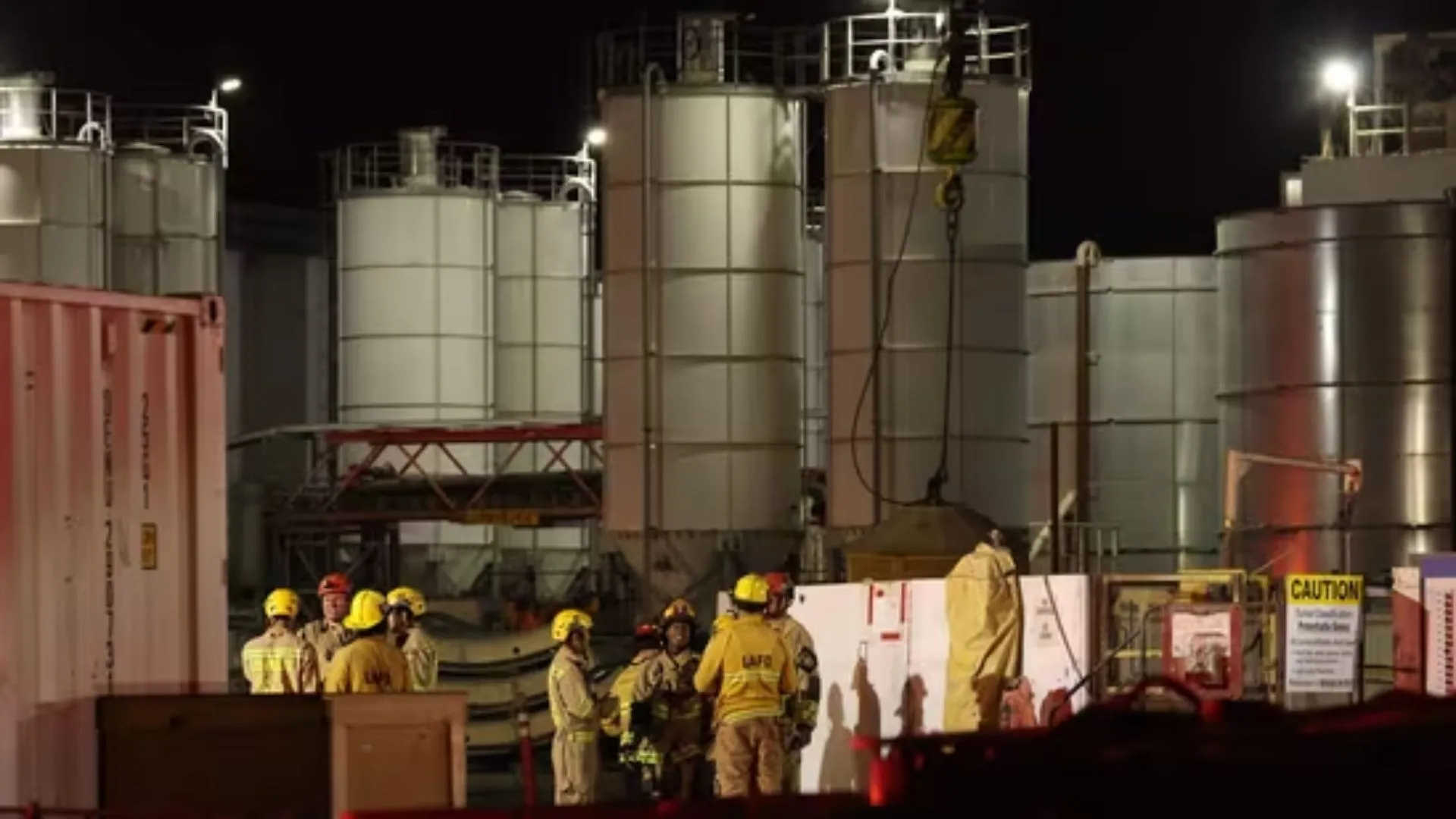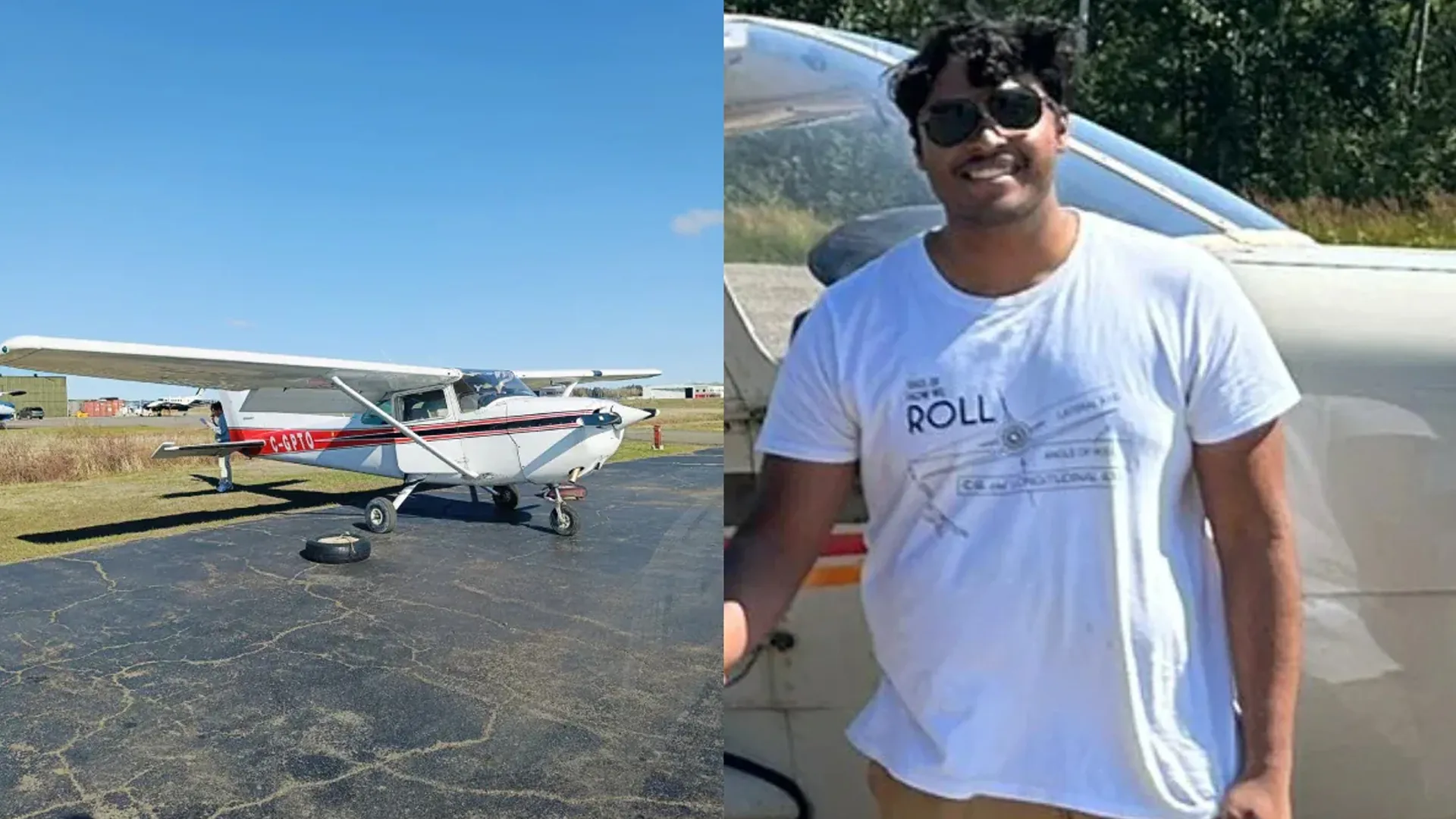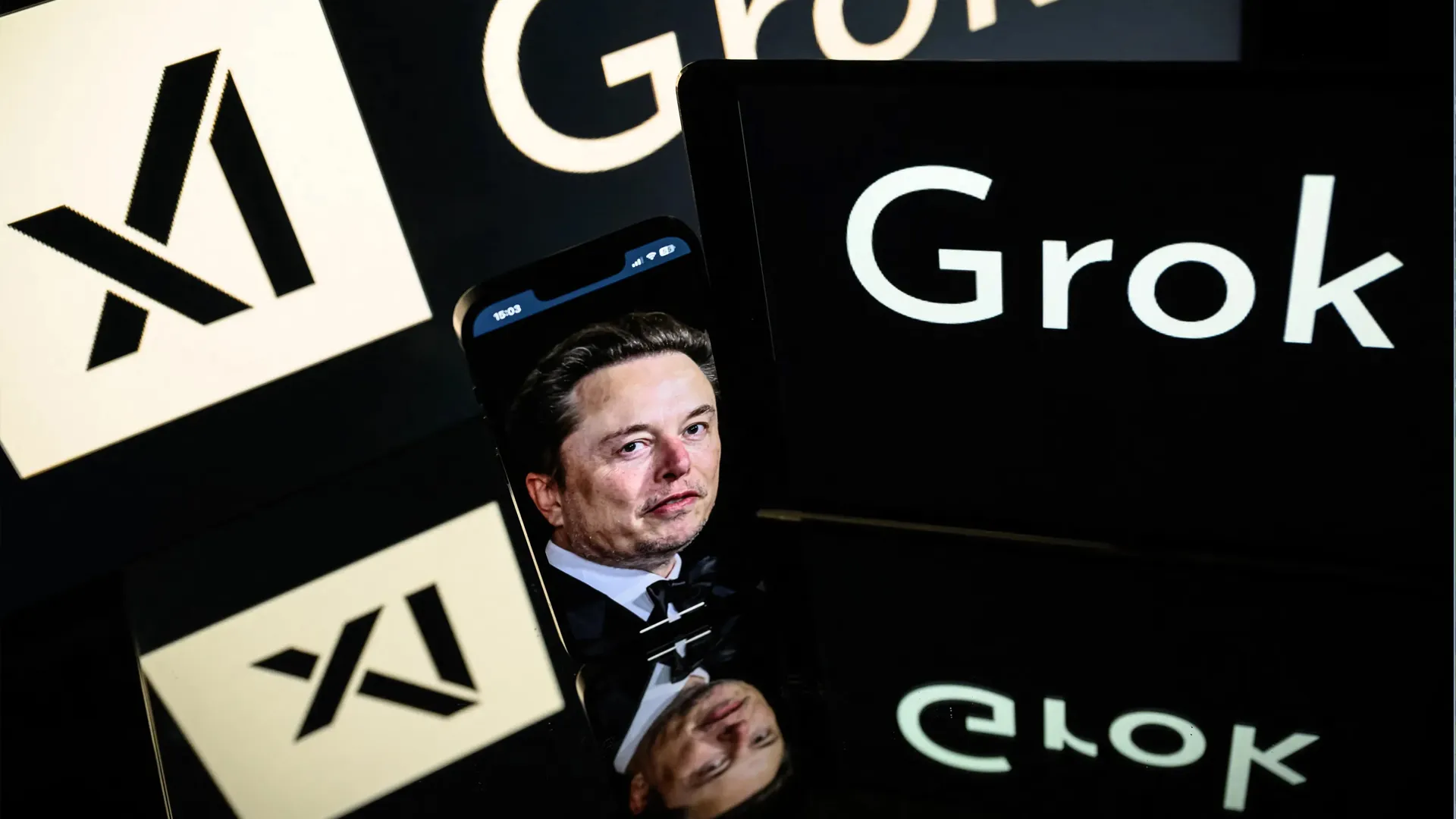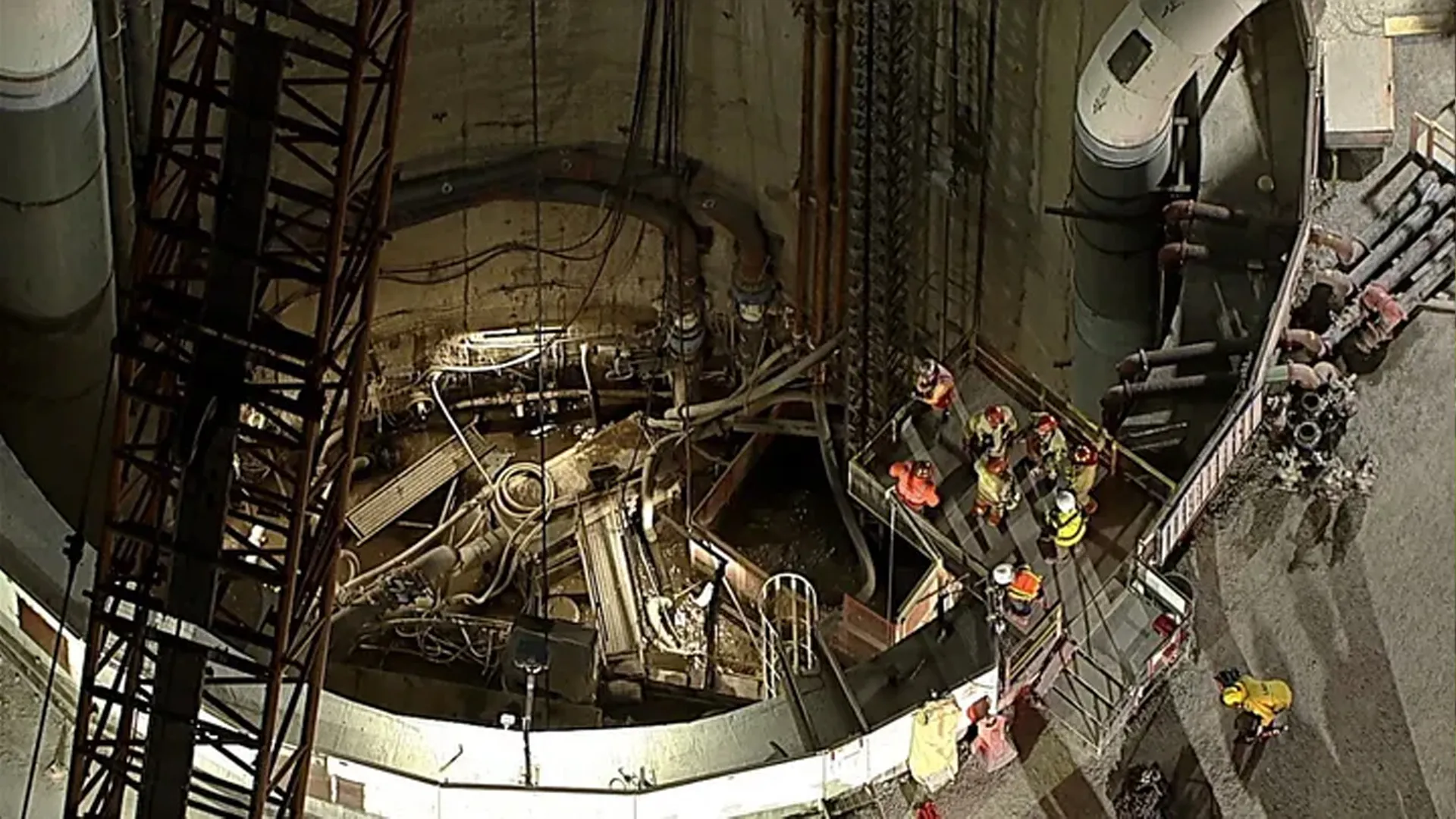At exactly 12:01 PM IST on Wednesday, flames roared under SpaceX’s Falcon 9 at Kennedy Space Center as Group Captain Shubhanshu Shukla soared into space aboard the Axiom-4 mission. Just ten minutes later, his voice crackled from orbit, becoming the second Indian in space:
“After 40 years, we have returned to space again, kya kamaal ki ride thi (what a ride this has been)”
Shukla launched from Florida aboard a Dragon capsule named Grace, a striking contrast to Rakesh Sharma’s 1984 journey aboard a Soviet Soyuz spacecraft. While Sharma spent a week at Salyut 7 during Cold War diplomacy, Shukla is heading to the International Space Station (ISS) for a two-week scientific mission representing the new era of commercial spaceflight.
A Symbolic Flight with an Indian Soul
Despite the transformation in technology and geopolitics, Shukla carried a familiar symbol—the Indian flag on his shoulder—into orbit.
“The Tiranga on my shoulders tells me that I am not alone and I am with all of you,” Shukla said from space.
“This is not just the start of my journey to the International Space Station, but the beginning of India’s human space programme.”
Multiple Delays Before Takeoff
The Axiom-4 mission, a collaboration between SpaceX, Axiom Space, and NASA, faced five delays due to technical snags, weather conditions, and concerns with the ISS’s Russian Zvezda module. The crew, which had quarantined since May 26, endured one of the longest isolation periods in spaceflight history.
International Crew and a Swan Named Joy
Led by commander Peggy Whitson, America’s most experienced female astronaut, the crew included specialists Sławosz Uznański (Poland) and Tibor Kapu (Hungary). Representing India, Shukla served as the mission’s pilot.
A toy swan named Joy, serving as the mission’s zero-gravity indicator, floated with them—chosen for its symbolism of purity and wisdom in Indian culture.
Celebrations Across India
Back in India, the moment triggered national celebration. At Anusandhan Bhawan in Delhi, Union Minister Jitendra Singh distributed sweets, declaring,
“India’s ascent to the pedestal of Viksit Bharat has started via space.”
Prime Minister Narendra Modi posted,
“He carries with him the wishes, hopes and aspirations of 1.4 billion Indians.”
In Lucknow, Shukla’s mother Asha Shukla tearfully watched the launch unfold, overwhelmed by emotion.
“These are tears of joy,” she said.
Journey of a Test Pilot to Space Hero
Shukla, born in Lucknow, joined the Indian Air Force in 2006 and became a Group Captain in 2024, logging over 2,000 hours as a test pilot. Trained under ISRO’s Human Spaceflight Programme, he studied at the Yuri Gagarin Cosmonaut Training Centre in Russia and earned a Master’s in Aerospace Engineering from IISc.
In a pre-launch video, his wife Kamna and son Sid sent their message:
“You are our hero.”
Rakesh Sharma’s Message to New Astronaut
India’s first astronaut, Rakesh Sharma, sent his blessings before the launch:
“Spend as much time as possible to look out of the window. Have a fun time, guys.”
Science at the Core of the Mission
The mission includes 60 scientific experiments from 31 countries, with Shukla personally overseeing seven from India and five in collaboration with NASA. These include studies on microgravity’s effect on edible algae and crop seed growth, paving the way for future space habitation.
A Stepping Stone to India’s Space Future
The mission is a major leap in Indo-US space collaboration and aligns with India’s Gaganyaan and space station goals. Former ISRO chiefs have noted that learnings from Axiom-4 will directly benefit Bharatiya Antariksh Station and indigenous astronaut missions.
Minister Singh also emphasized the importance of passing the long-delayed Space Activities Bill, which supports public-private space partnerships, mirroring the Axiom model.
What Lies Ahead
The Axiom-4 spacecraft is expected to dock with the ISS at 4:30 PM IST on June 26, after a 28-hour flight. Following this, India looks ahead to major missions like NISAR (NASA-ISRO SAR satellite), Gaganyaan, and Chandrayaan-4, aimed at deep space exploration and orbital sustainability.

